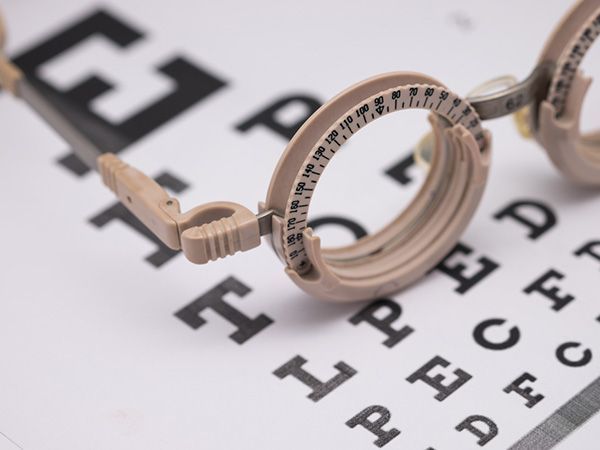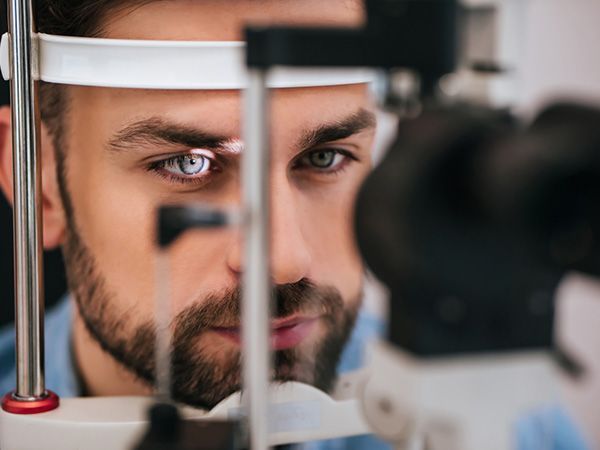
Digital retinal screening involves using specialized imaging equipment to capture high-resolution images of the back of the eye, specifically the retina. This screening method aids in detecting various eye conditions, such as diabetic retinopathy and macular degeneration, at an early stage. It's a non-invasive way to assess the health of the retina and can be crucial for early intervention in certain eye diseases.
Digital retinal screening offers several advantages, including:
1. Early Detection: It allows for the early detection of eye conditions like diabetic retinopathy, glaucoma, and macular degeneration, enabling timely intervention.
2. Non-Invasive: It is a non-invasive procedure, making it more comfortable for patients compared to traditional methods.
3. High-Resolution Imaging: Digital technology provides high-resolution images, enhancing the ability to identify and monitor subtle changes in the retina.
4. Efficiency: The process is often quicker than traditional screening methods, improving efficiency in healthcare settings.
5. Accessibility: Digital images can be easily stored, retrieved, and shared, facilitating collaboration among healthcare professionals for comprehensive patient care.
6. Patient Education: The visual representation of the retina's condition can aid in patient education, helping individuals better understand their eye health.



